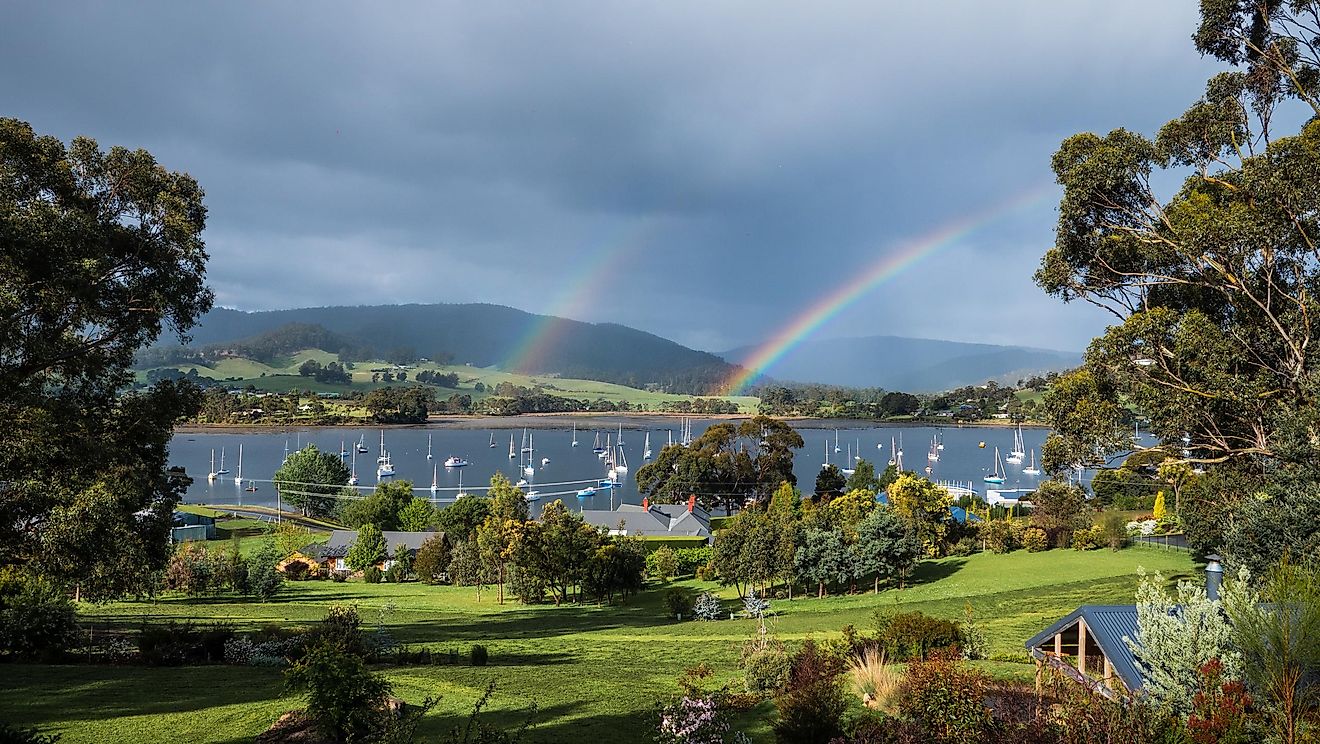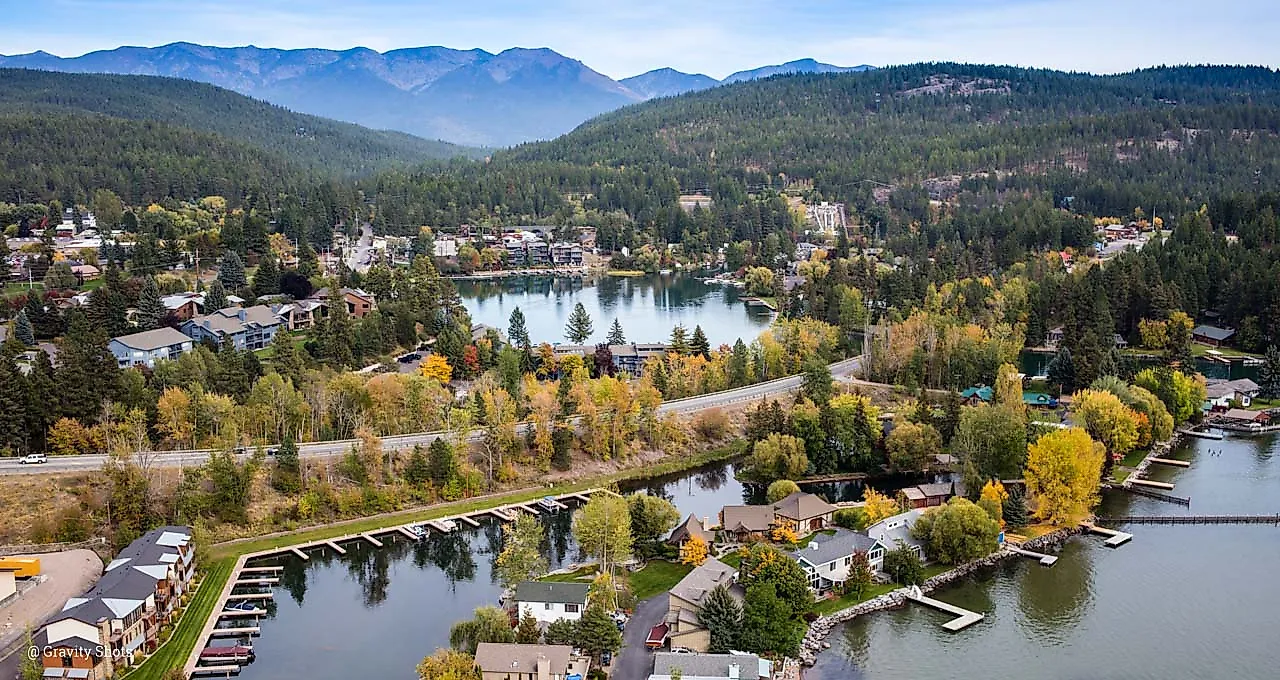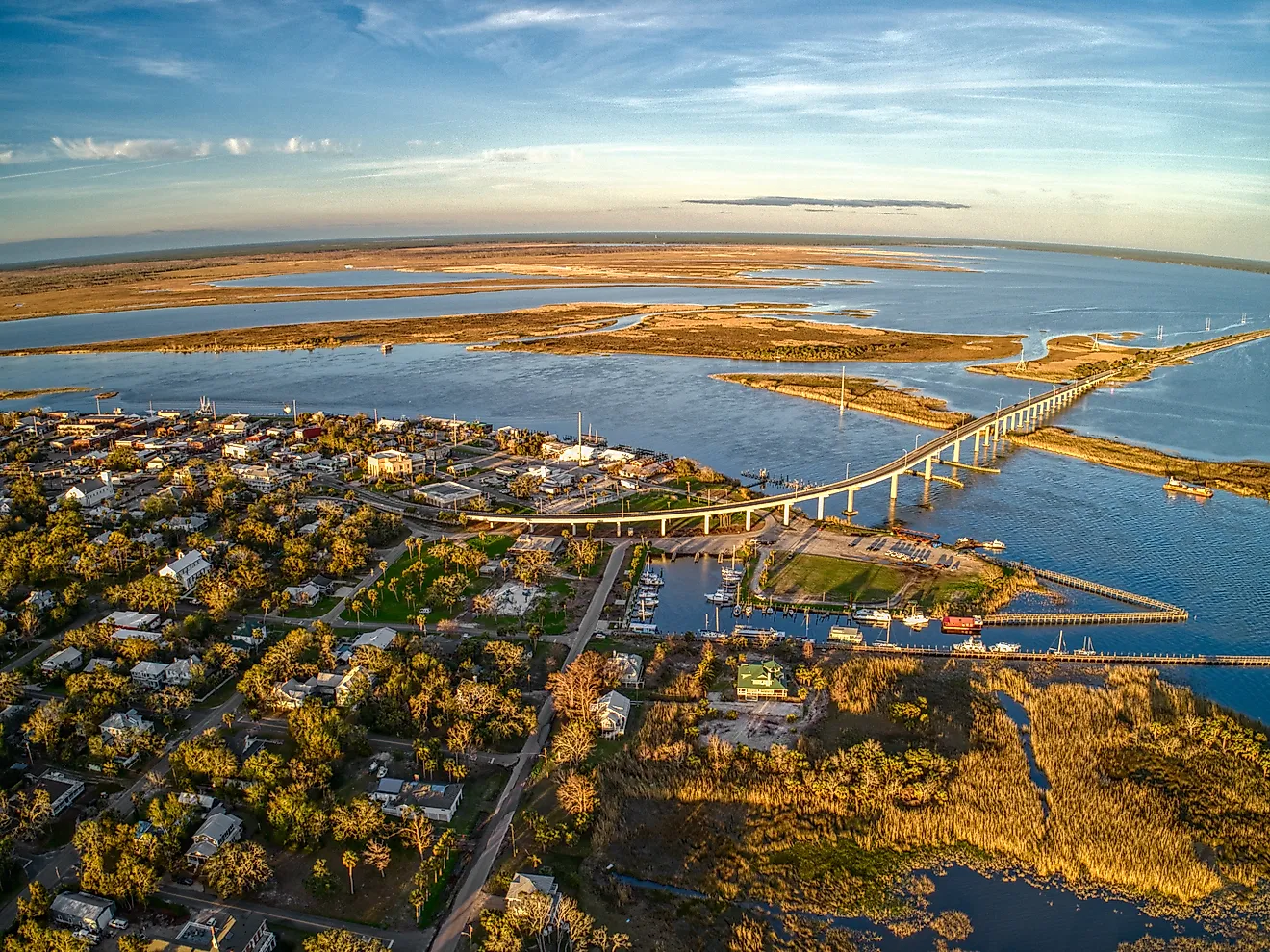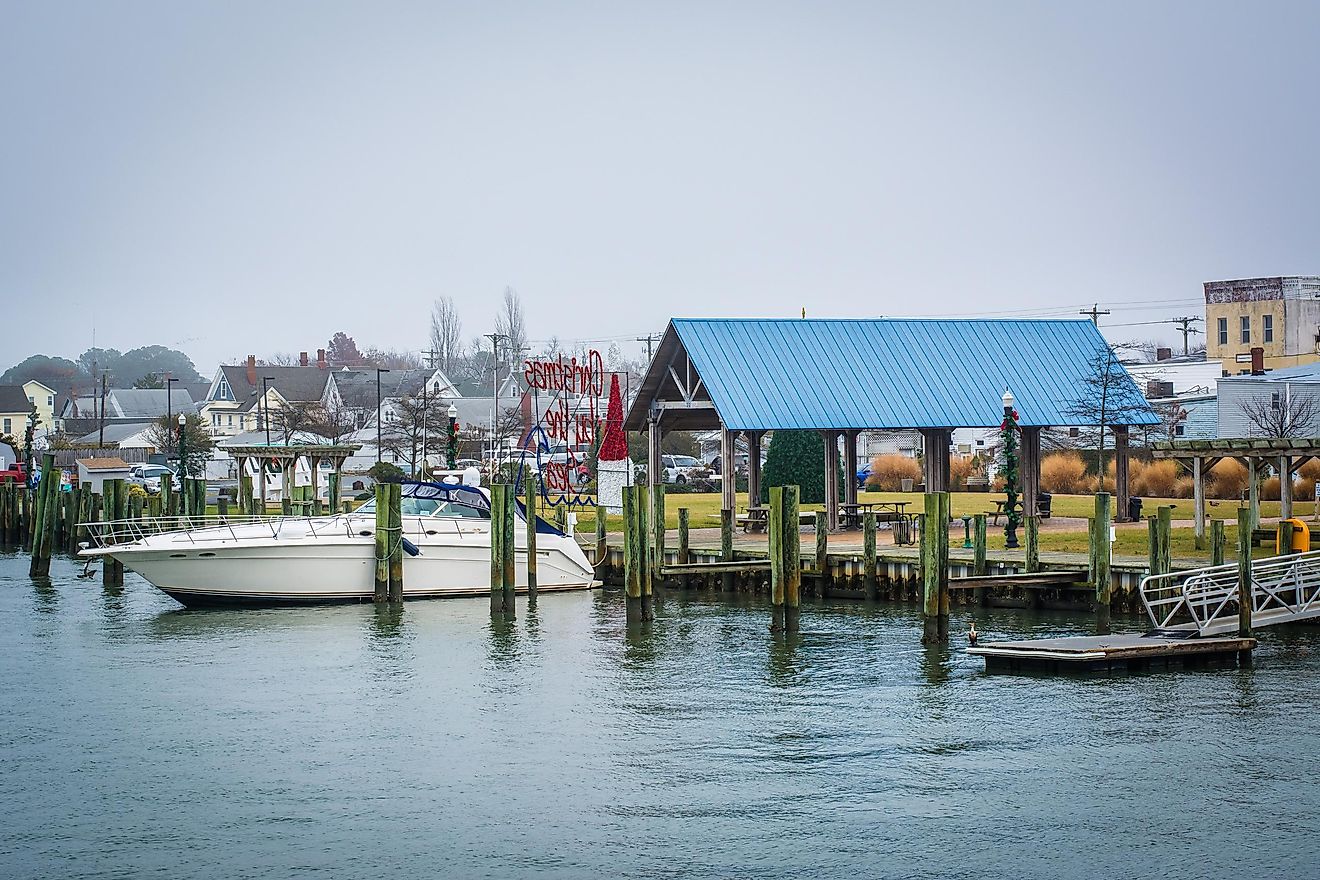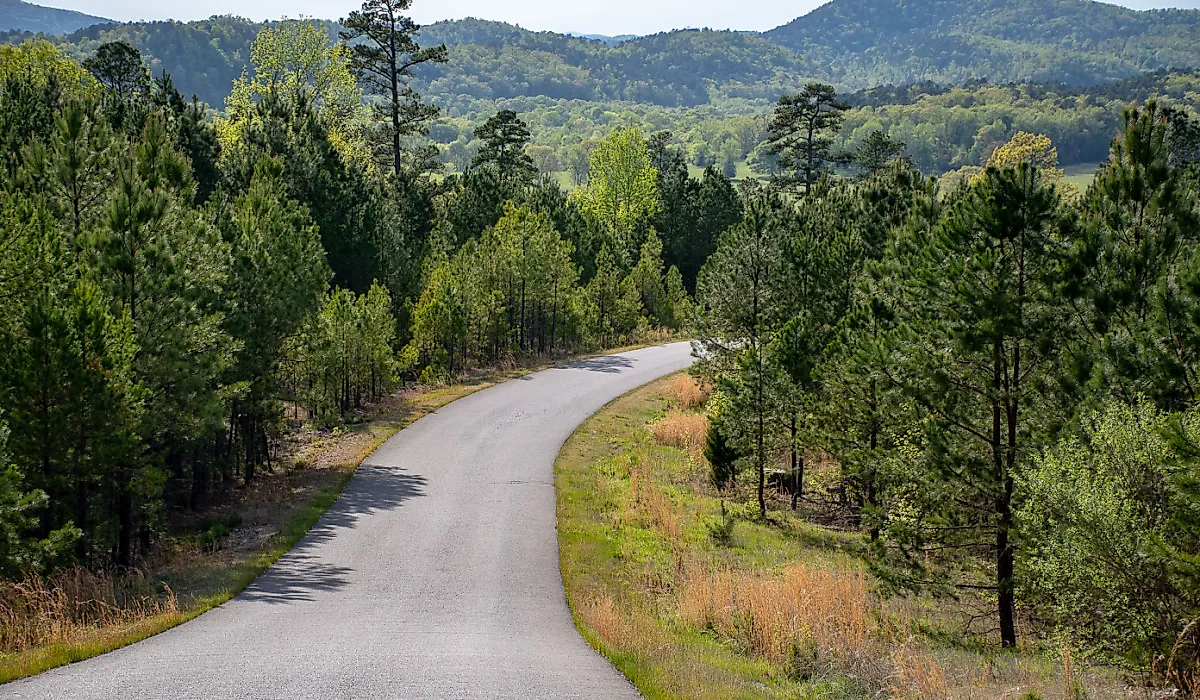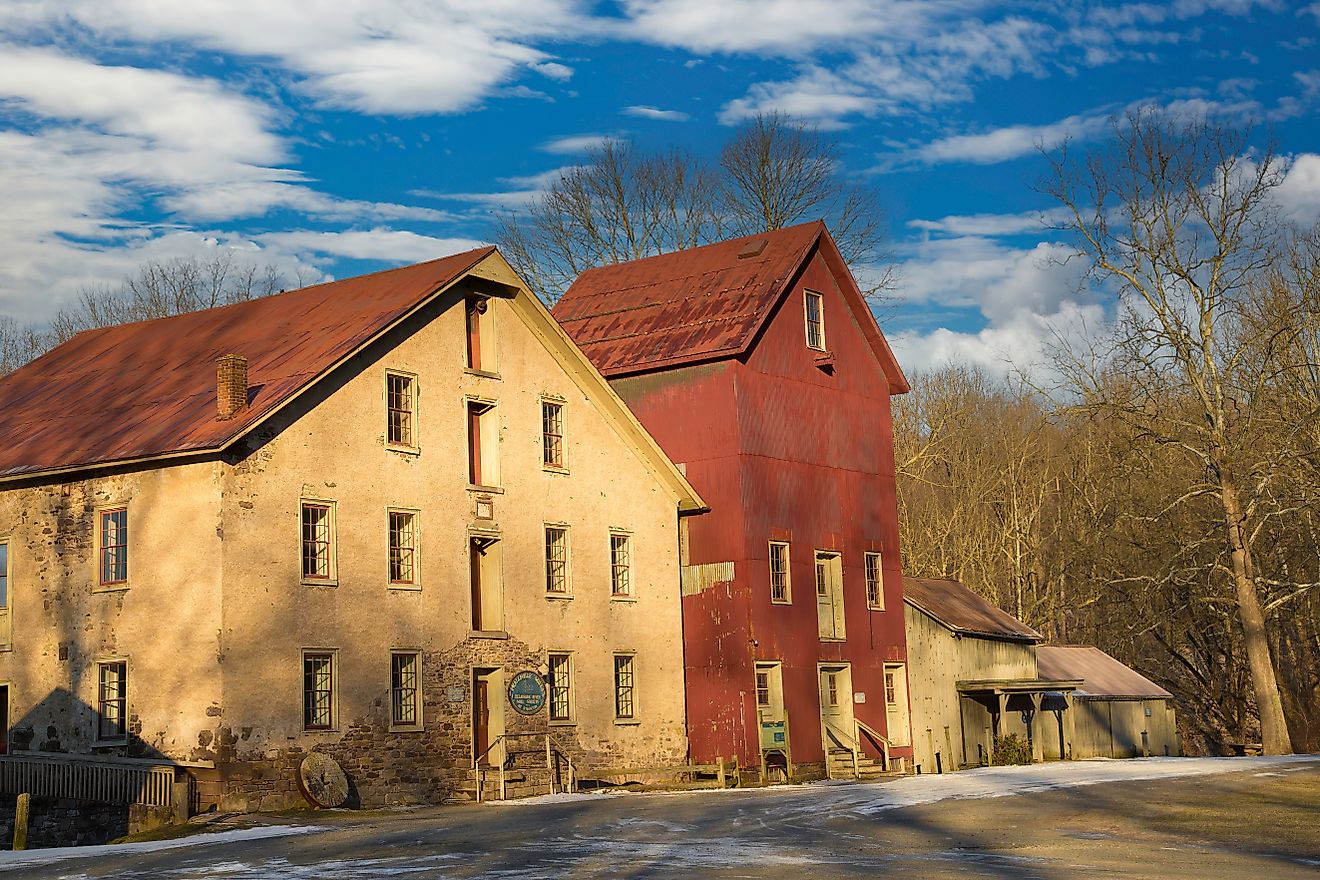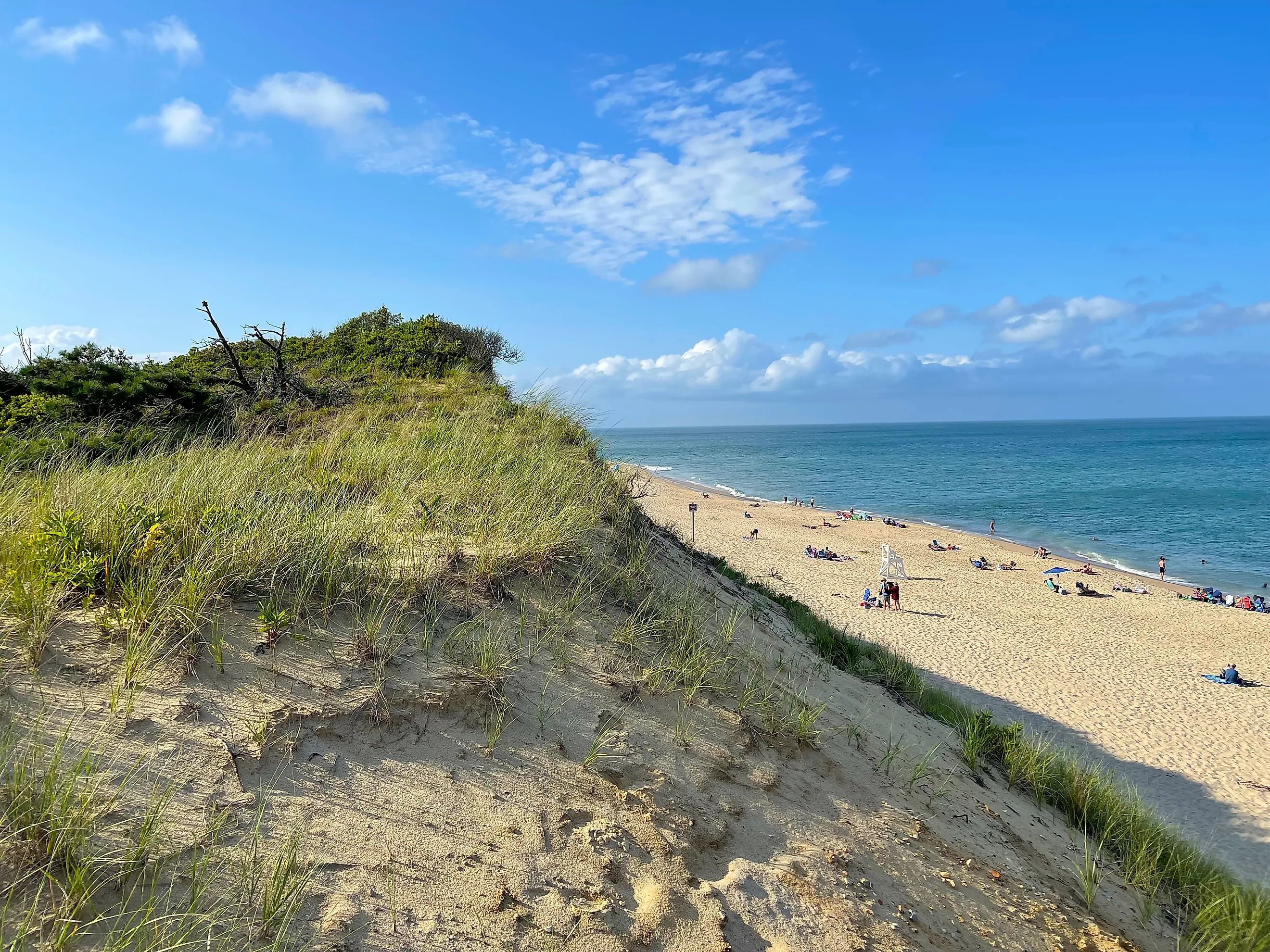
5 National & State Parks In Massachusetts You Have To Visit
From the windswept dunes of Cape Cod to the cloud-shrouded summit of Mount Greylock, there are quiet corners of Massachusetts that simply have to be seen to be believed. The state is, in fact, home to a surprising level of natural diversity, much of it contained within national and state parks that have managed not only to preserve their natural splendour but have at the same time ensured accessibility for all to enjoy.
To find out more about some of the best scenery and outdoor adventures in New England, take a read of our list of the best national and state parks in Massachusetts that you simply have to visit… and dust off those walking shoes.
Cape Cod National Seashore
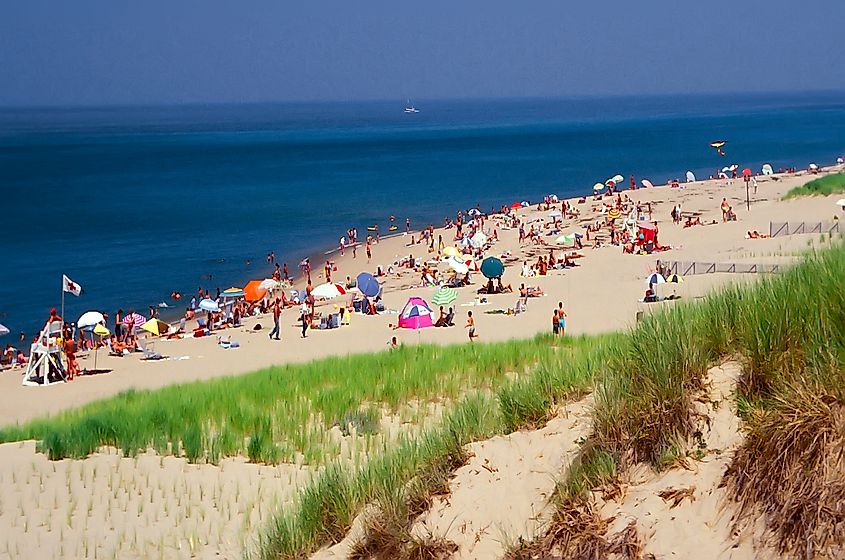
Stretching for 40 miles along the outer edge of Cape Cod, Cape Cod National Seashore encompasses over 44,000 acres of sandy beaches, marshes, ponds, and uplands that support diverse species. One of the last intact sections of the Atlantic coastal pine barrens ecosystem in the Northeast, the seashore's formation was the result of glacial action over 15,000 years ago. As these massive ice sheets retreated, they left behind kettle ponds formed from chunks of buried ice, outwash plains of sand and gravel, and the distinctive hook shape of the Cape itself.
The park's natural splendor transitions from pitch pine and scrub oak forests adapted to the sandy, nutrient-poor soils, to salt marshes teeming with critters like fiddler crabs and even great blue herons. The Great Island Trail, hands down the best way to experience the park, provides excellent views of the Herring River, Wellfleet Harbor, grassy plains, sand dunes, and Cape Cod Bay.
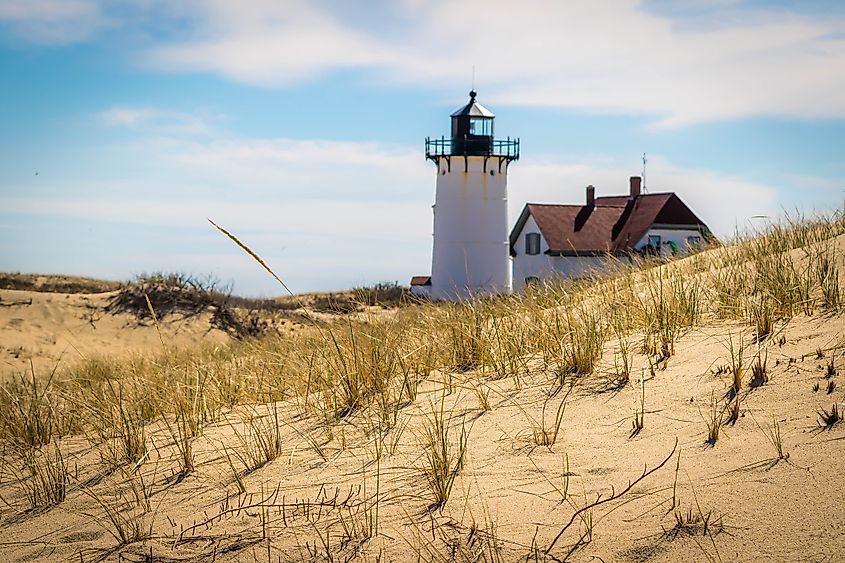
Enjoy wildlife spotting? More than 370 bird species are known to hang out here, including the threatened piping plover that nests on the beaches. Gray and harbor seals can often be seen stretched out on sandbars, particularly around Chatham and the outer beaches, while humpback, finback, and minke whales pass close by from April through October. Man-made attractions are also evident, with four lighthouses and the Old Harbor Life Saving Station open to the public during the summer season. If you only manage to see one, make it the Highland Lighthouse, the oldest and tallest lighthouse on Cape Cod.
When To Visit: Peak season runs from late June through early September when all facilities are open and lifeguards are on duty. For fewer crowds and cooler hiking weather, visit May-June or September-October.
Mount Greylock State Reservation
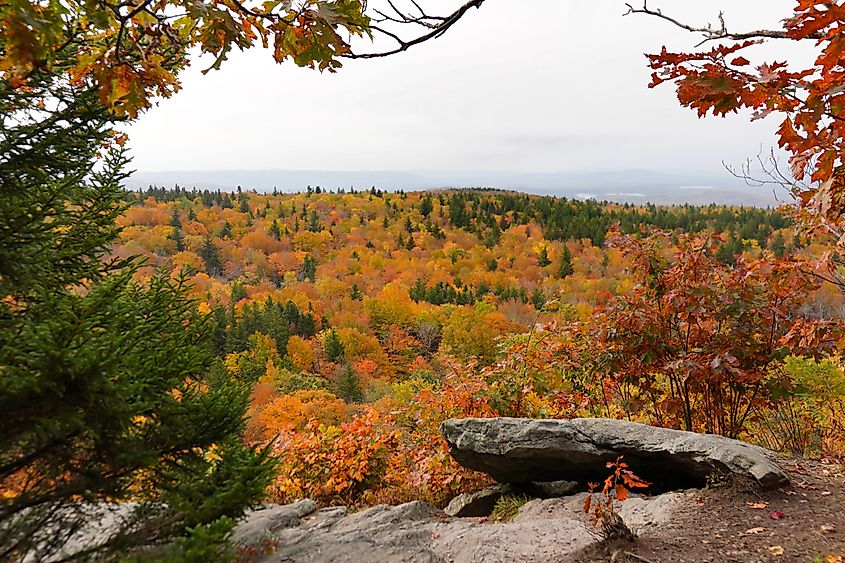
At 3,491 feet, Mount Greylock is the highest point in Massachusetts. Rising from the surrounding Berkshire landscape, on a clear day, you can see five surrounding states: New York, Vermont, Connecticut, New Hampshire, and, of course, Massachusetts. This ancient peak is also unique as it’s the only place in the state where a true sub-alpine environment exists, creating an ecological island that supports species typically only found hundreds of miles north in Canada.
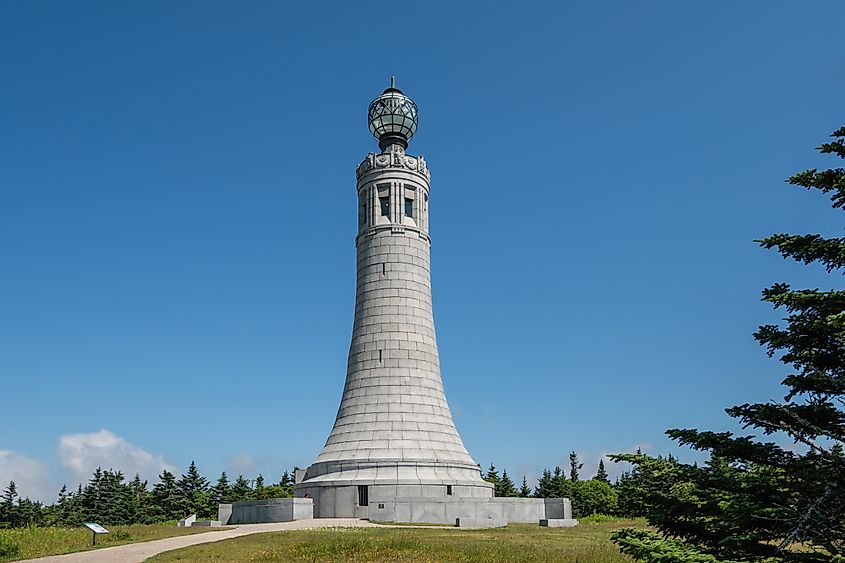
With over 70 miles of hiking trails, including a segment of the Appalachian Trail and the entirety of the Thunderbolt Ski Trail, the park has much to offer fans of the great outdoors. Ascend Mount Greylock via the challenging Bellows Pipe Trail or the more moderate Hopper Trail with its midpoint waterfall. Tackling the summit is worth it for the incredible views from the Mount Greylock Veterans War Memorial Tower. Completed in 1932, it stands 93 feet tall and was built in the style of a lighthouse beacon and can be seen from up to 70 miles away.
When To Visit: The road to the summit operates from mid-May through early November. For hiking, September and October offer cool temperatures and fall foliage, while winter provides downhill and backcountry skiing.
Walden Pond State Reservation
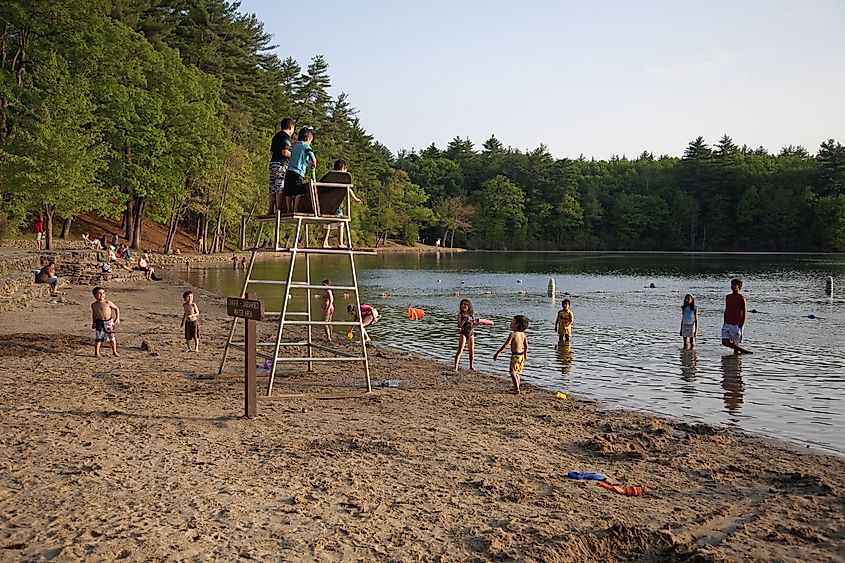
Walden Pond is a 102-foot deep kettle hole created more than 12,000 years ago as New England’s last glacier melted away. This crystalline body of water inspired Henry David Thoreau to pen one of American literature's most influential works during his two-year experiment in simple living from 1845 to 1847. Now protected as part of a state reservation, this famous pond, dubbed "earth's eye" by Thoreau, attracts up to 600,000 visitors annually.
Rarely found in New England, the pond’s crystal clear water, filtered naturally by rock and sand, seems to almost glow bright blue in the sunshine. With no streams flowing into the deposit sediment, visibility is possible up to depths of 20-30 feet. It’s also a haven for native wildlife, with an abundance of grey squirrels, chipmunks, and rabbits, as well as skunks, raccoons, and red fox. Bring your binoculars for the chance to spot varieties including kingfishers, blue herons, and red-tailed hawks.
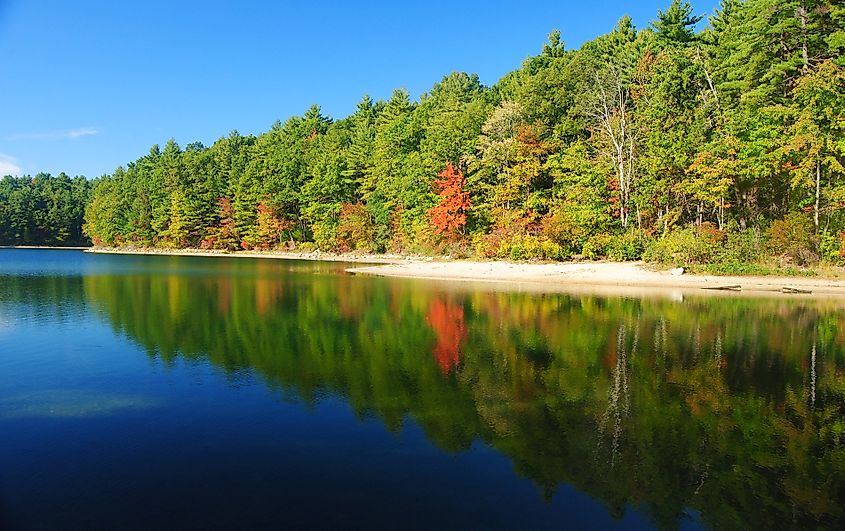
The location of Thoreau's cabin was discovered in 1945, nearly 100 years after he left Walden Pond. Today, granite posts mark the original cabin site on the pond's northern shore, accessible via a well-maintained trail that takes about 20 minutes from the Walden Pond Visitor Center. A replica of Thoreau's 10-by-15-foot cabin is located near the parking area, while the Pond Path circles the entire pond, passing through the same pine and oak forests where Thoreau once foraged.
When To Visit: Summer weekends fill to capacity by 8 am, so try to arrive at sun-up or plan a weekday visit. Fall offers excellent hiking weather and smaller crowds, while winter means cross-country skiing opportunities.
Bash Bish Falls State Park
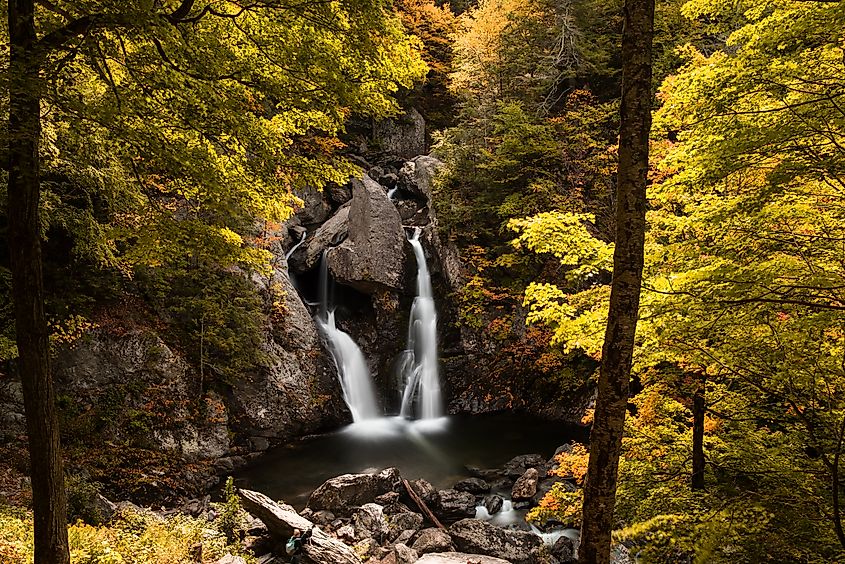
Centered around Massachusetts’s largest waterfall, Bash Bish Falls State Park offers some of the most stunning scenery in New England. Tumbling through a deep gorge carved between Bash Bish Mountain and Cedar Mountain in the Taconic Range, this 200-foot-tall series of cascades culminates in the Bash Bish Brook dropping 60 feet into an emerald plunge pool. In addition to its beautiful waterfalls, the park is an important habitat for many protected tree species, including some of the region’s most important old-growth forests.
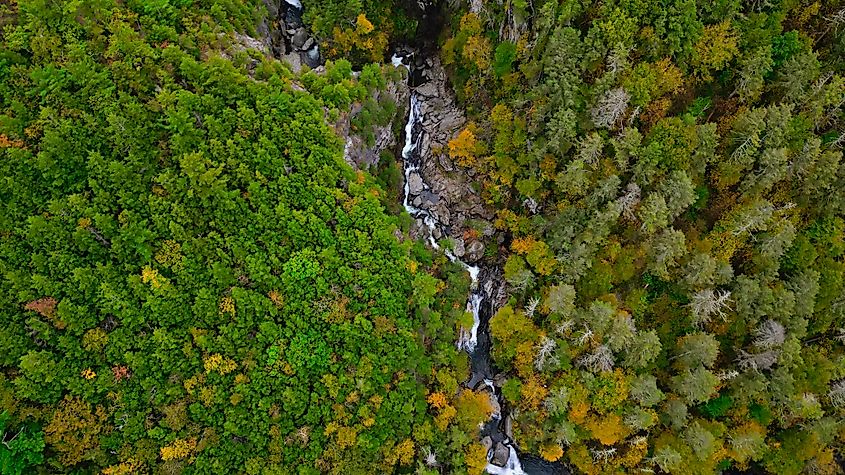
Access to the falls can be from the more challenging Massachusetts side of the falls, featuring a trail better suited for experienced hikers that descends steeply through a boulder-strewn forest, losing 300 feet of elevation in around a third of a mile. The New York approach, on the other hand, follows the old woods road alongside Bash Bish Brook and is an altogether gentler hike that’s popular with families. Both trails converge at a viewing platform overlooking the falls.
When To Visit: While spring brings the most powerful flows due to snowmelt, fall offers spectacular foliage that peaks in early October. Summer is also a great time for a visit, but be sure to arrive early on weekends to avoid crowds; better still, visit on a mid-week morning.
Halibut Point State Park
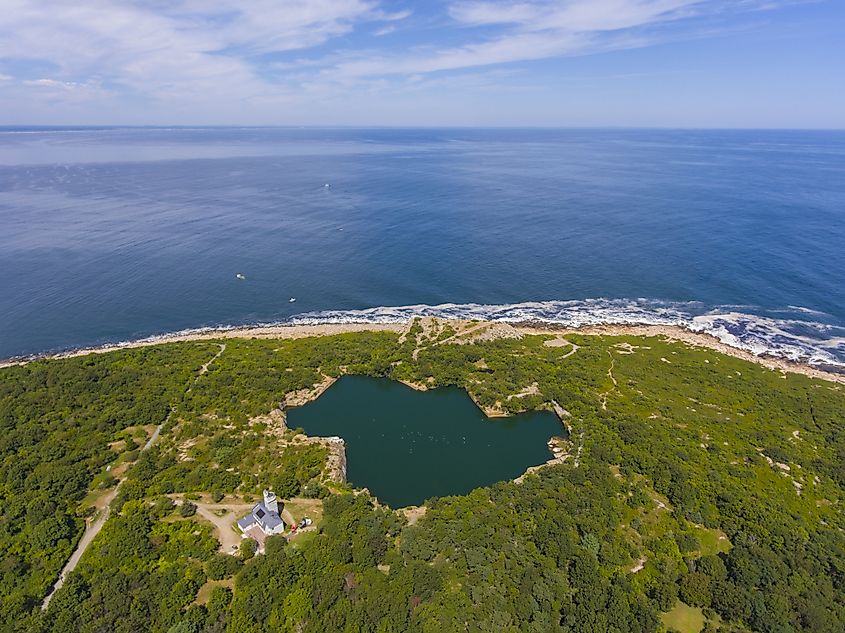
If you’re lucky enough to visit Halibut Point State Park on a cloudless, clear day, you might just be able to see as far as Mount Agamenticus, located 40 miles away in Maine. Situated on Cape Ann's northernmost tip, this 67-acre park features a century-old granite quarry that serves as its centerpiece. Formerly known as Babson Farm Quarry, its stone made its way to Boston and New York between 1840 and the Great Depression in 1929 and was used in the construction of everything from major bridges to tunnels and monuments.
After being abandoned, spring water and rainfall flooded the excavation site, creating a beautiful emerald pool that looks almost out of place. Interpretive signs along the quarry loop trail explain the quarrying process, and the views here are also awesome. The park's rocky coastline provides some of New England's best tide pooling experiences at low tide, with periwinkles, barnacles, hermit crabs, and sea stars all easy to spot.
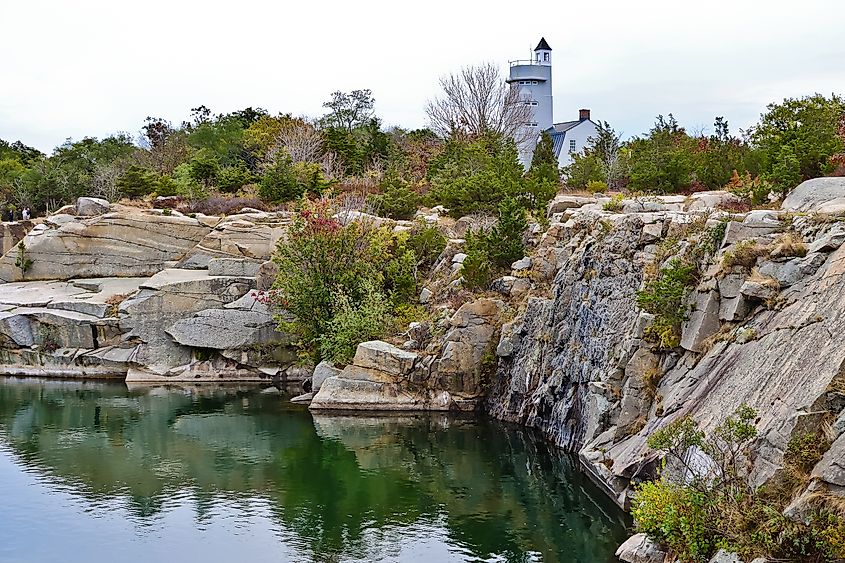
When To Visit: Early morning offers the best light for photography, as well as fewer people to get in the way of a memorable photo or selfie. Low tide reveals the most extensive tide pools, so check tide charts before visiting to find the best times to visit. October through May provides excellent bird watching opportunities, and the area is also becoming increasingly popular for winter storm watching.
The Final Word
While Massachusetts doesn’t usually spring to mind when it comes to national and state parks, these five areas of outstanding natural beauty will certainly convince you to give them a try. From the windswept beaches of Cape Cod National Seashore to the summit of Mount Greylock, these protected public lands not only preserve ecosystems that aren’t found anywhere else in the state, they’re ideal spots for a fun outdoor adventure. Whatever your interests and abilities, these five national and state parks in Massachusetts won’t disappoint.

